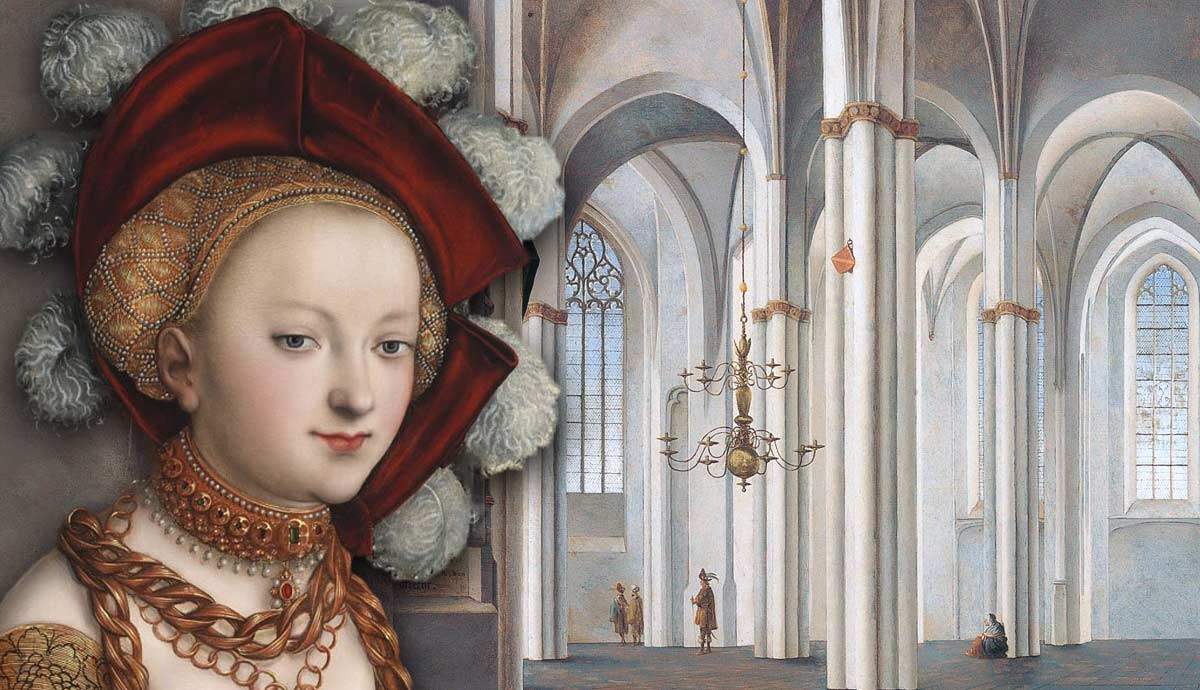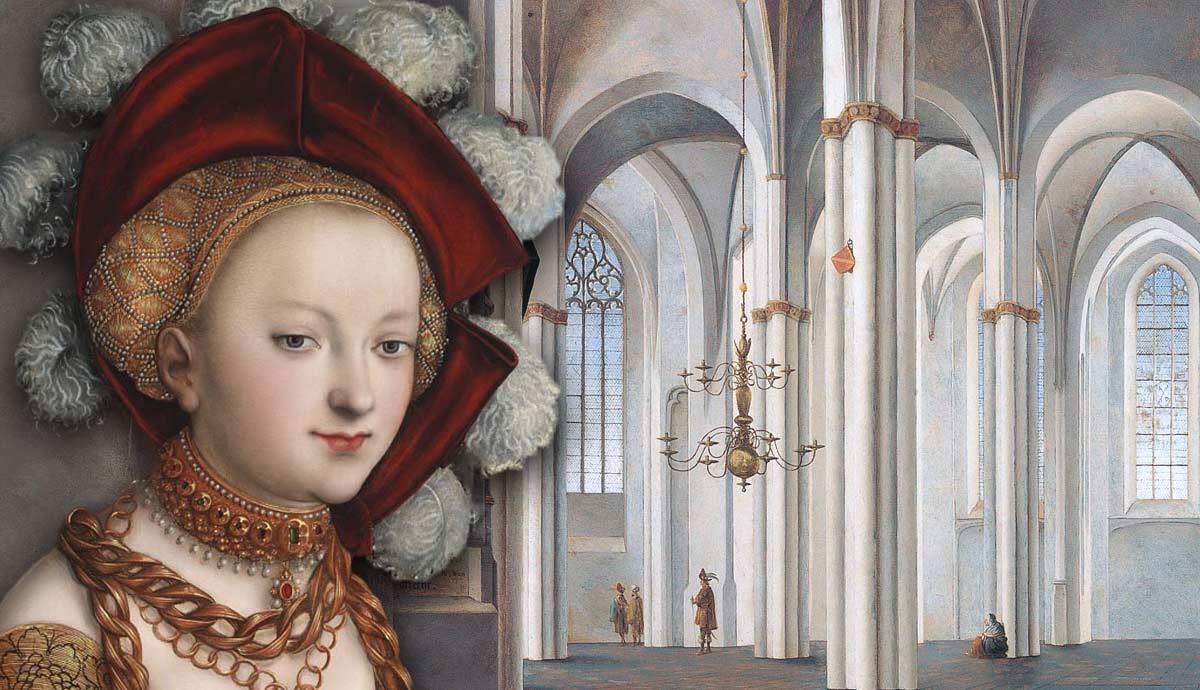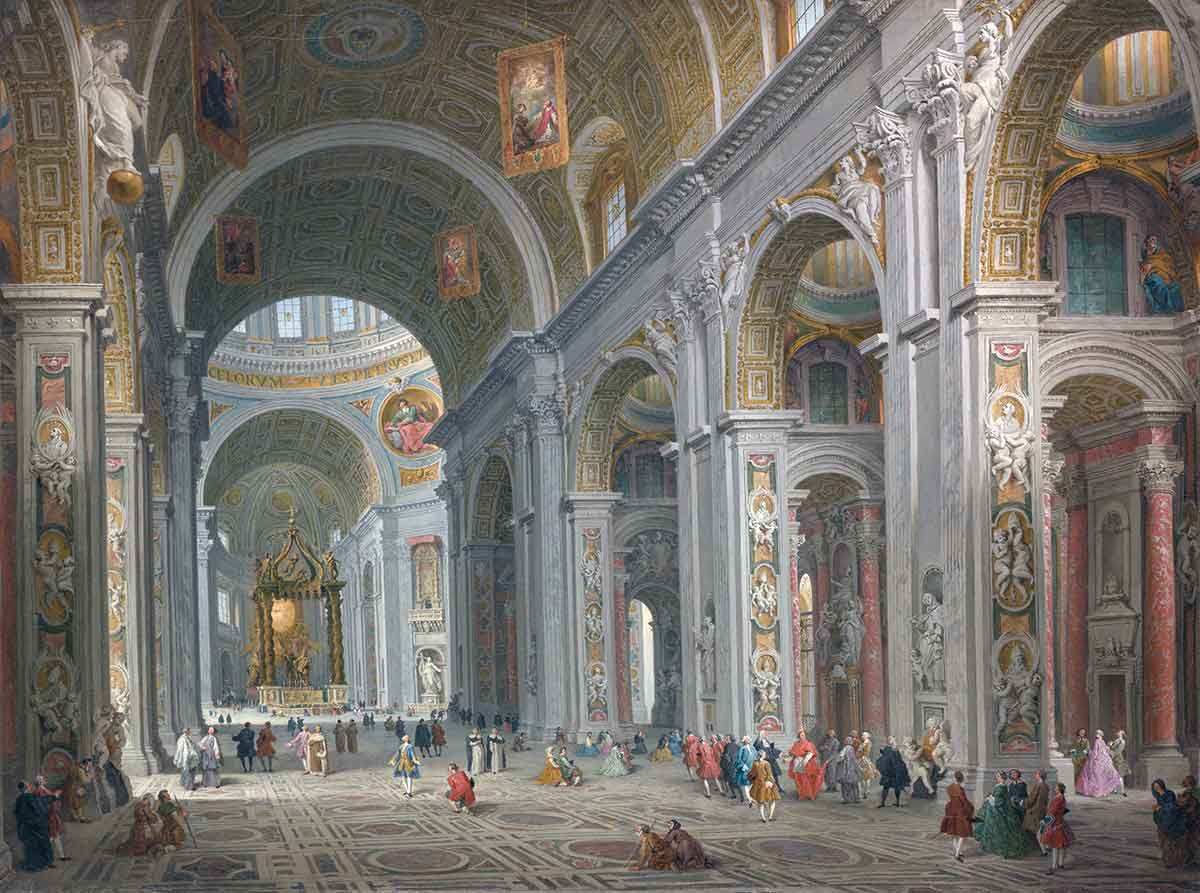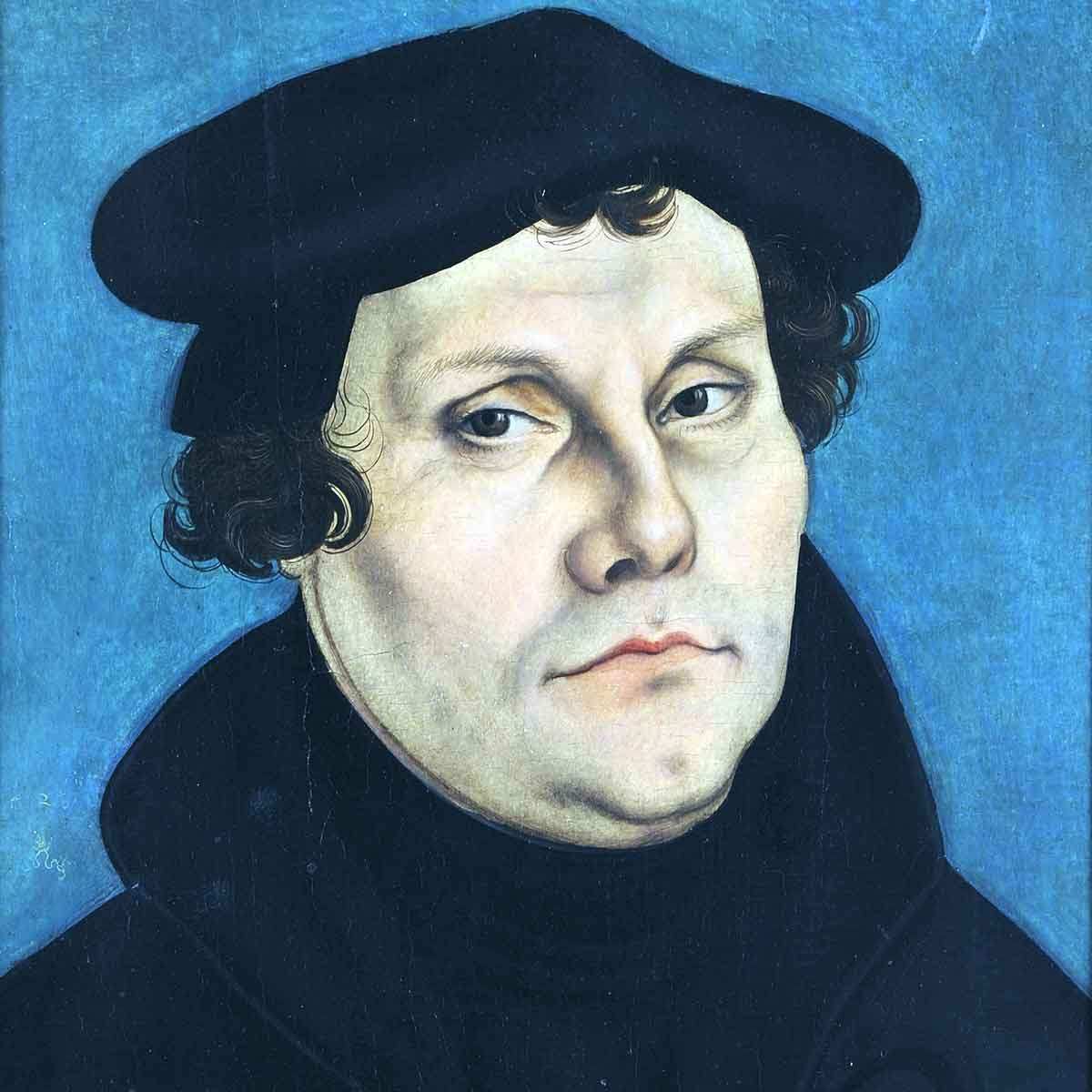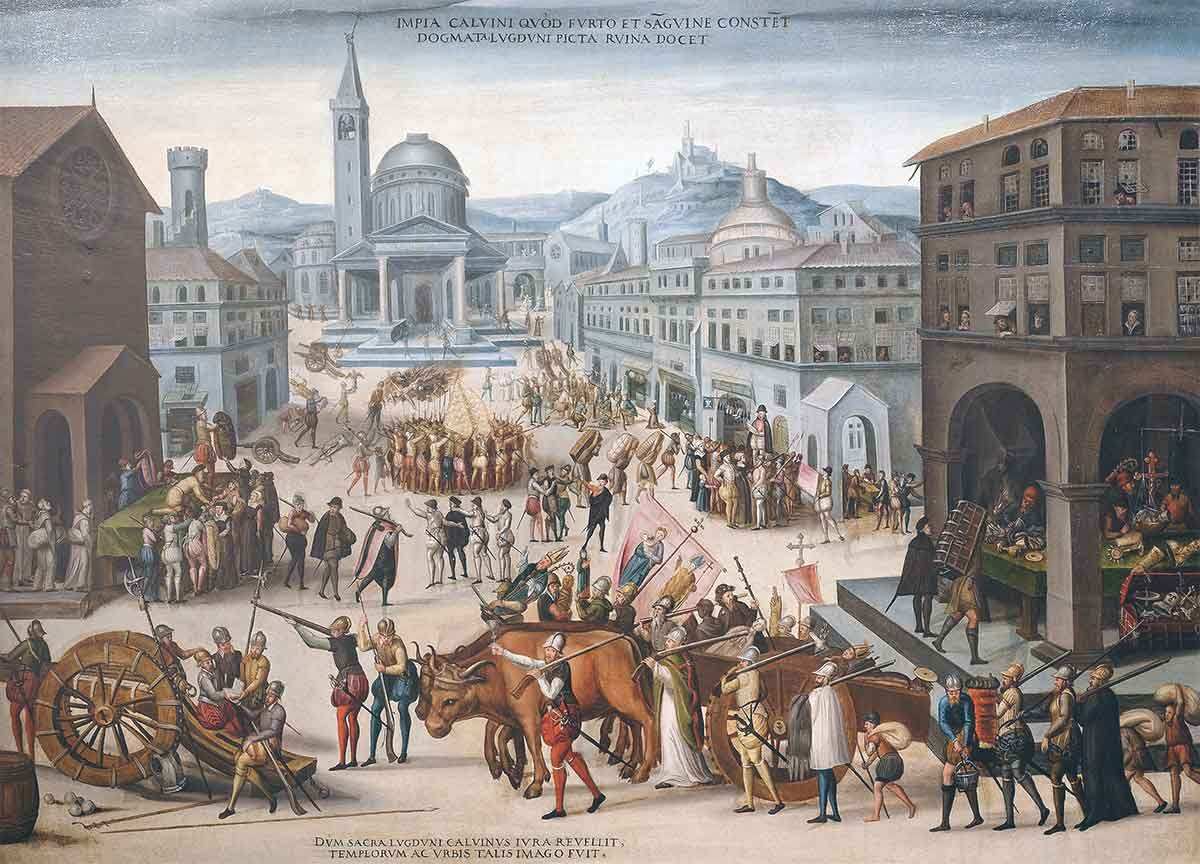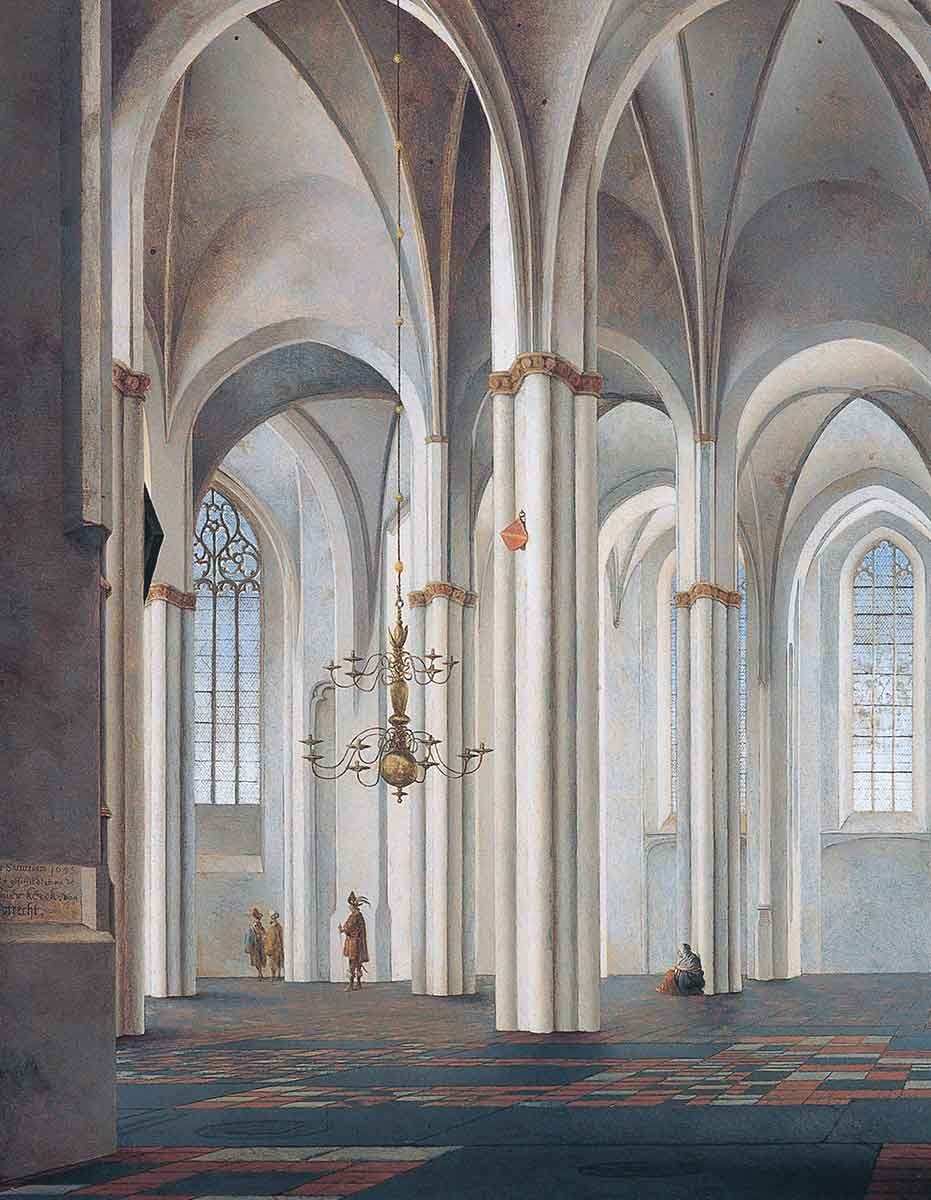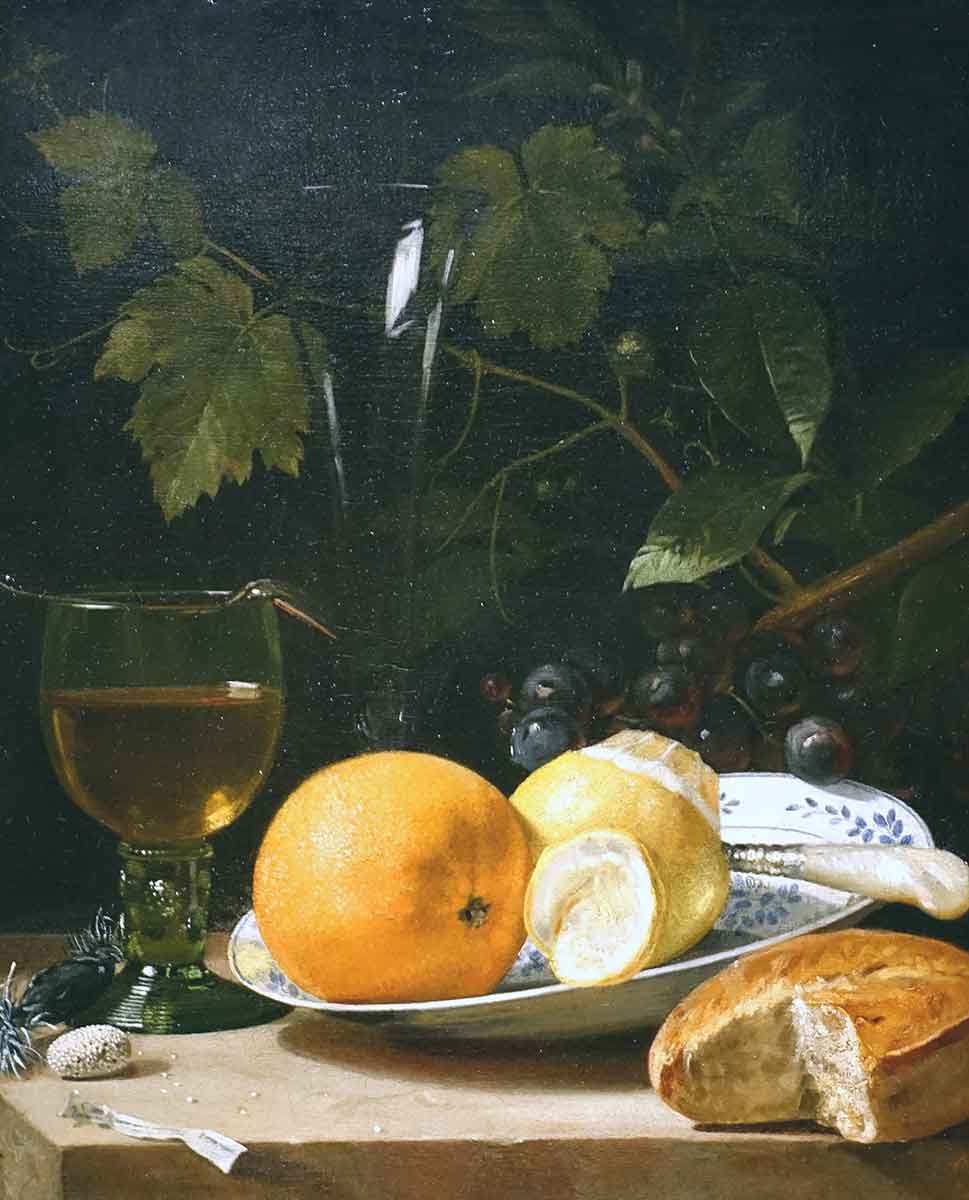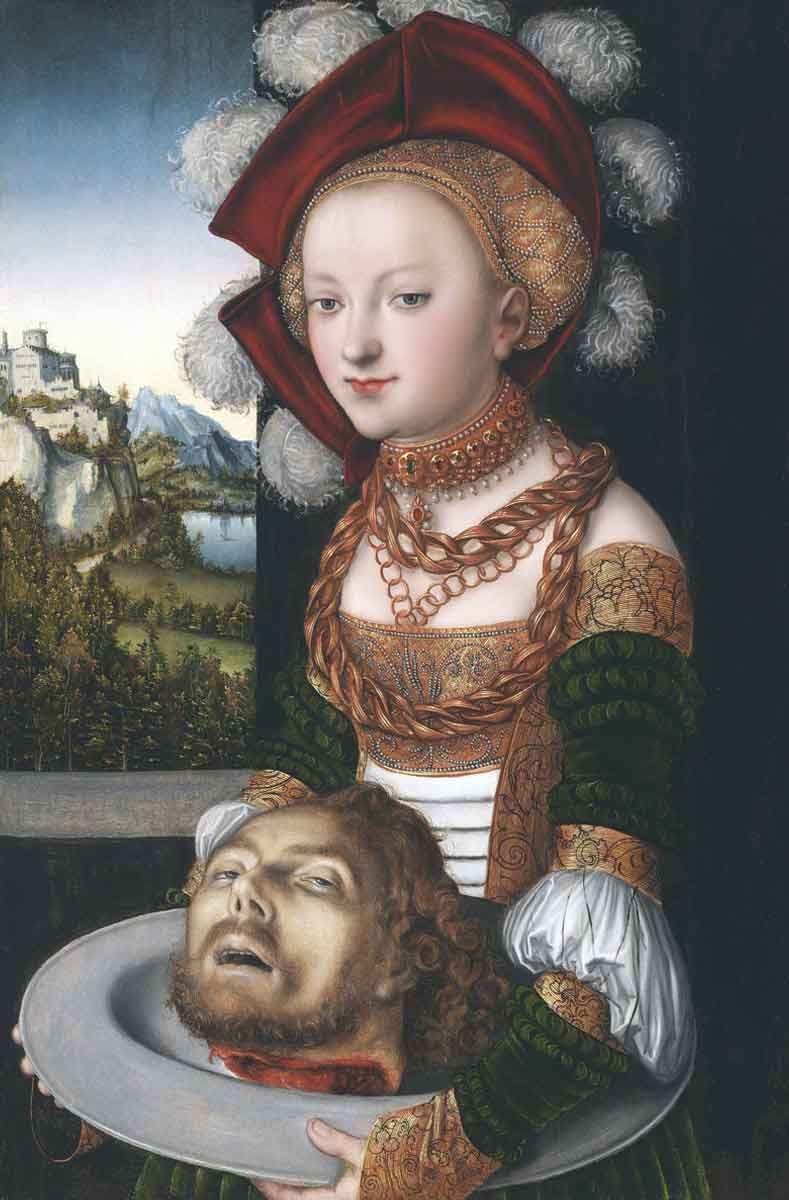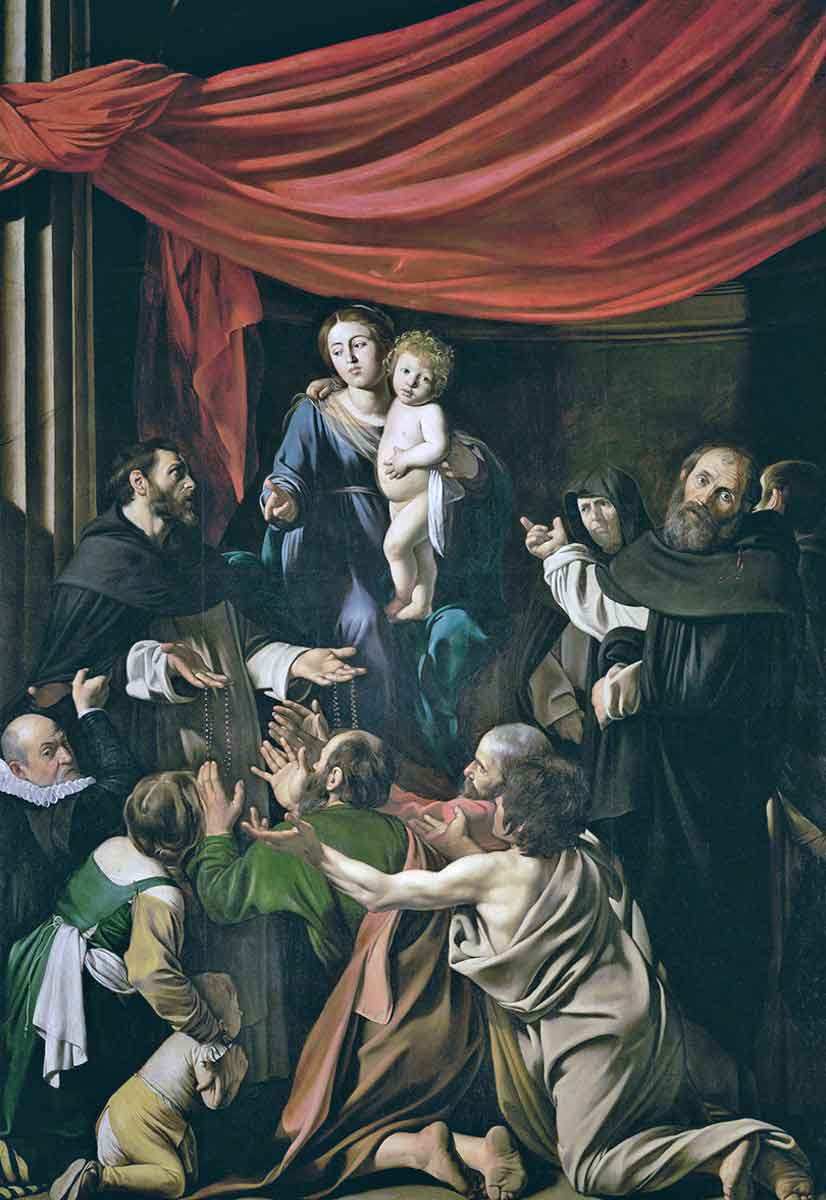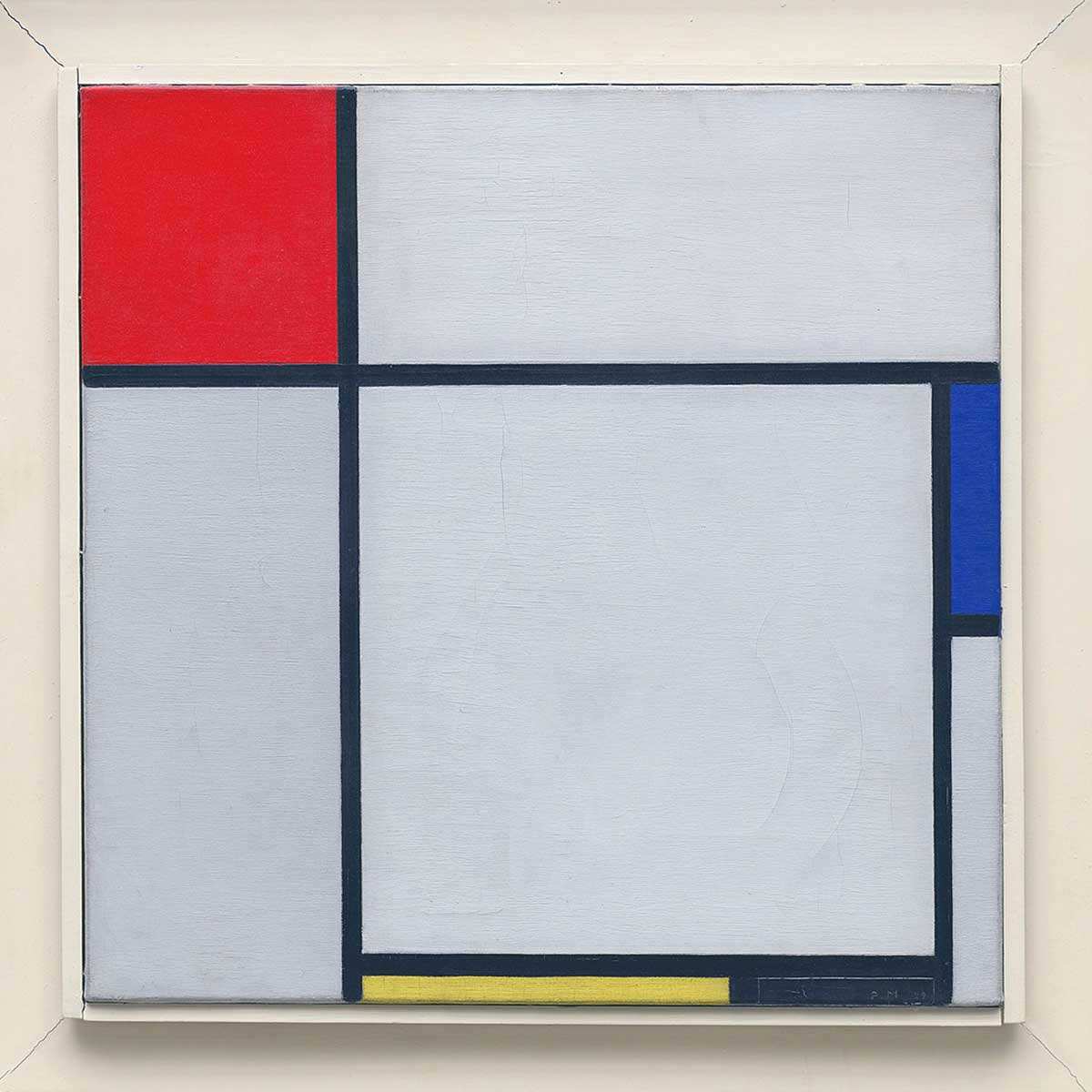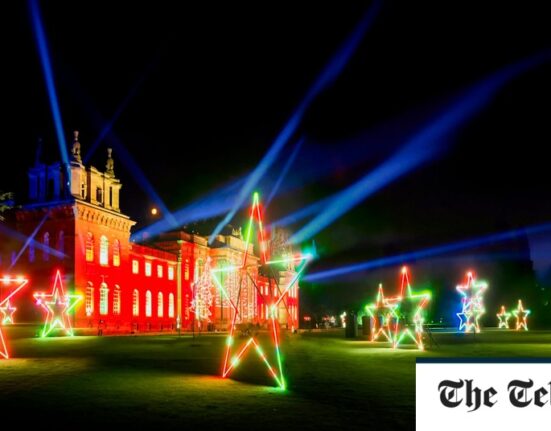In the early days of the 16th century, an unknown scholar named Martin Luther protested against the abuse of power by the omnipotent Catholic Church. Soon, he found enough supporters who wanted to start a revolution and practice their own religion, free of idolatry and greed. The newly emerged Protestant church imposed great limitations on religious art, forcing painters and sculptors to invent new genres.
What Was the Protestant Reformation and Why Did It Happen?
At the beginning of the 16th century, the Catholic Church was omnipresent and omnipotent. Not only was it the dominating religion in Europe, but its power extended well beyond spiritual matters towards the political ones. The Pope expected secular authorities to obey him as the earthly authority above all Christians and was ready to demand obedience through oppressive methods.
The church had enormous demands and unimaginable expenses, accumulating extraordinary wealth and power. In 1506, the Vatican started an unprecedentedly ambitious project—the reconstruction of St Peter’s Basilica, the supposed burial site of Saint Peter, Jesus’ apostle and the first Pope. Given the importance of the Basilica and the church’s penchant for luxury, the existing funds, however significant they were, were deemed insufficient. But, how do you get the money if your job is your followers’ post-mortem spiritual salvation? You put a paywall on it!
Since the 3rd century CE, the Catholic Church has issued special certificates confirming the pardoning of one’s sins in exchange for certain good deeds such as pilgrimage to sacred sites or charity. The certificates, known as indulgences, promised the owner an easier path to Heaven. However, in the 1510s, Pope Leo X commercialized the afterlife by including financing the Church in the list of good deeds.
Get the latest articles delivered to your inbox
Sign up to our Free Weekly Newsletter
Thus, rich Catholics who donated money to construct the new St. Peter’s Basilica could easily receive pardons for every sin possible. Among the results of such prolific fundraising was the blooming art scene. Until the Reformation happened, the Catholic Church was the principal commissioner of the works of art in Europe. The interiors of the reconstructed Basilica were designed by Gian Lorenzo Bernini, Michelangelo, and many other masters of the highest degree.
In 1517, a German ex-monk and theology professor Martin Luther wrote his 95 Theses. It was a list of propositions to reform the Church and its practices. He pinned it to the door of the All Saints Church in Wittenberg, Germany. In those theses, he insisted that the Bible alone was sufficient for understanding the principles of the Christian faith and that the mediation of priests and bishops was not only excessive but harmful. He opposed selling indulgences, insisting upon repentance as the only personal way to at least partially wash away one’s sins. His arguments relied on logic and a direct, no-nonsense interpretation of the Bible.
Luther’s ideas quickly attracted attention. Although he was declared a heretic, several secular governors who were tired of the Church’s abuse of power offered him protection. One of Luther’s advantages was the recent invention of the printing press and the subsequent rise of literacy. Thus, the Holy Scripture became widely available to the followers without the intervention of the Church officials.
Under Martin Luther’s influence, the newly converted Protestants formed their own churches and convents. United in their general position, they nonetheless varied in their interpretation of theological concepts. This new religious force, as well as the backlash of the old one, made an unprecedented impact on the history of art and human culture.
Iconoclasm and Violence
Before the Protestant Reformation, the overwhelming majority of artworks were religious and had three particular functions. First of all, the images were supposed to act as the Bible for the illiterate majority of church-goers. Other functions were facilitating memorizing of the biblical subjects and evoking an emotional response, thus strengthening the followers’ faith. Since the Bible directly prohibited idolatry, the image or a sculpture acted as a mediator, channeling the prayers to the saint behind it. Thus, it was not an object that was worshipped, but a concept it represented.
However, all these theological nuances hardly concerned the illiterate church visitors, who developed cults of various saints that moved much closer to the pagan tradition than the Christian one. Martin Luther radically opposed these cults, yet did not see religious art as inherently dangerous. Moreover, he advocated for the use of illustrations for didactic purposes. However, the leaders of other Protestant denominations thought otherwise. For them, all works of art concerning sacred subjects were blasphemous and corrupt.
The Protestant Reformation triggered one of the most violent and dramatic events in the history of art. In the 1520s, violent anti-Catholic crowds raided churches in England, Belgium, Germany, and the Netherlands, pillaging and destroying all artworks and decorations. The iconoclasm of the Reformation gave birth to an era-specific painting genre that represented church interiors stripped of their treasures, often with hooks and nails used to support works of art still attached to the barren walls.
In 1566, a wave of iconoclastic attacks led to a full-blown revolution that freed a large part of the present-day Netherlands from Spanish Catholic rule. Sculptures and paintings were not the only victims: thousands of people from both sides died during street fights. The bloodshed calmed down only around the 1630s when the majority of regions and provinces introduced the concept of religious toleration.
Art After the Reformation: The Rise of Secular Painting
As a result of the revolution, in the particularly conservative Protestant regions of Western Europe, like the Netherlands, the creation of religious art became strictly forbidden. Those who followed the word of Martin Luther directly did not resort to such drastic measures but still limited art production and reduced the list of acceptable subjects. But the need for artistic expression did not dissolve, just like the hundreds of skilled painters who made a living from their art.
Essentially, the ban on all religious subjects had a multilayered impact on the European artistic scene. While it removed the Vatican, the biggest and the wealthiest art commissioner, from the scene, it opened the door to private commissioners who wanted to keep art in their homes and workspaces. Particularly, still-life and landscape paintings began to bloom. In them, the artists admired God’s divinity not through the images of saints but through depictions of his grace in everyday life. Allegorical statements were hidden in the lush compositions of fish and fruit, with oysters symbolizing sacred temptation, lilies purity, and bread symbolizing Christ’s body.
Perhaps the most important artist of the early days of the Reformation was Lucas Cranach the Elder, a German painter and printmaker. Not only was he an active supporter of the Reformation, but he was a close friend of Martin Luther and even the godfather of his first child. The majority of Cranach’s work from the 1520s are illustrations of Luther’s writings (like allegories of faith and grace), scenes from mythology, or secular portraiture. However, Cranach did not reject commissions from Catholics and sometimes produced images intended for veneration despite his personal views. Among the most prominent names of the post-Reformation period were Rembrandt and Johannes Vermeer. Some art historians argue that although both were the great masters of secular scenes, they inherited their tradition from religious painting, particularly their use of soft illuminating light and the calm melancholy of faces.
The Church Strikes Back: Art as a Tool of Propaganda
The Catholic Church was not particularly delighted by the turn of events. In attempts to reestablish their reputation and grasp control over their followers once again, the 1545 Council of Trent decided to reform certain aspects of their ideology. However, instead of admitting their flaws and taking a step towards Protestants, the Church decided to do the opposite. The decades of resistance to the new ideas are usually called the Counter-Reformation or Catholic Reformation.
To combat Luther’s logical and rational theses, the Council announced that, according to the updated Catholic doctrine, all religious issues were to be resolved through faith and faith only, not through reason. To be Catholic was to feel, believe, and obey.
The Church invented a new set of guidelines for its painters and sculptors. From then on, Catholic art was supposed to be intense, captivating, and ecstatic, evoking emotional turmoil in churchgoers’ souls. The colors became darker, the light more dramatic, and the poses and angles expressed tension, pain, or religious bliss. Later on, this style of painting, sculpture, and architecture would become known as Baroque.
The Surprising Fruits of Protestant Reformation: Dutch Avant-Garde
The long decades of the Protestant Reformation and the Vatican’s attempts to fight it left a tremendous impact on the history of art, its subjects, and its genres. However, the effect of iconoclasm and the purification of art from unnecessary distractions had lasted for much longer than it was expected to. In the early twentieth century, the Dutch painter Piet Mondrian announced his new art theory of Neoplasticism, which was supposed to revolutionize art.
Mondrian believed the only acceptable art form during his era was absolute geometric abstraction painted with primary colors. According to the artist, traditional figurative painting was nothing but fiction and deceit. His theory offered a strictly rational approach and radical purification of visual language to achieve higher states of spiritual and cultural development. Some Mondrian experts believe that these ideas of rational minimalism battling extreme emotion, as well as the desire to banish figurative art were the legacy of the Reformation and its iconoclastic tendencies.

